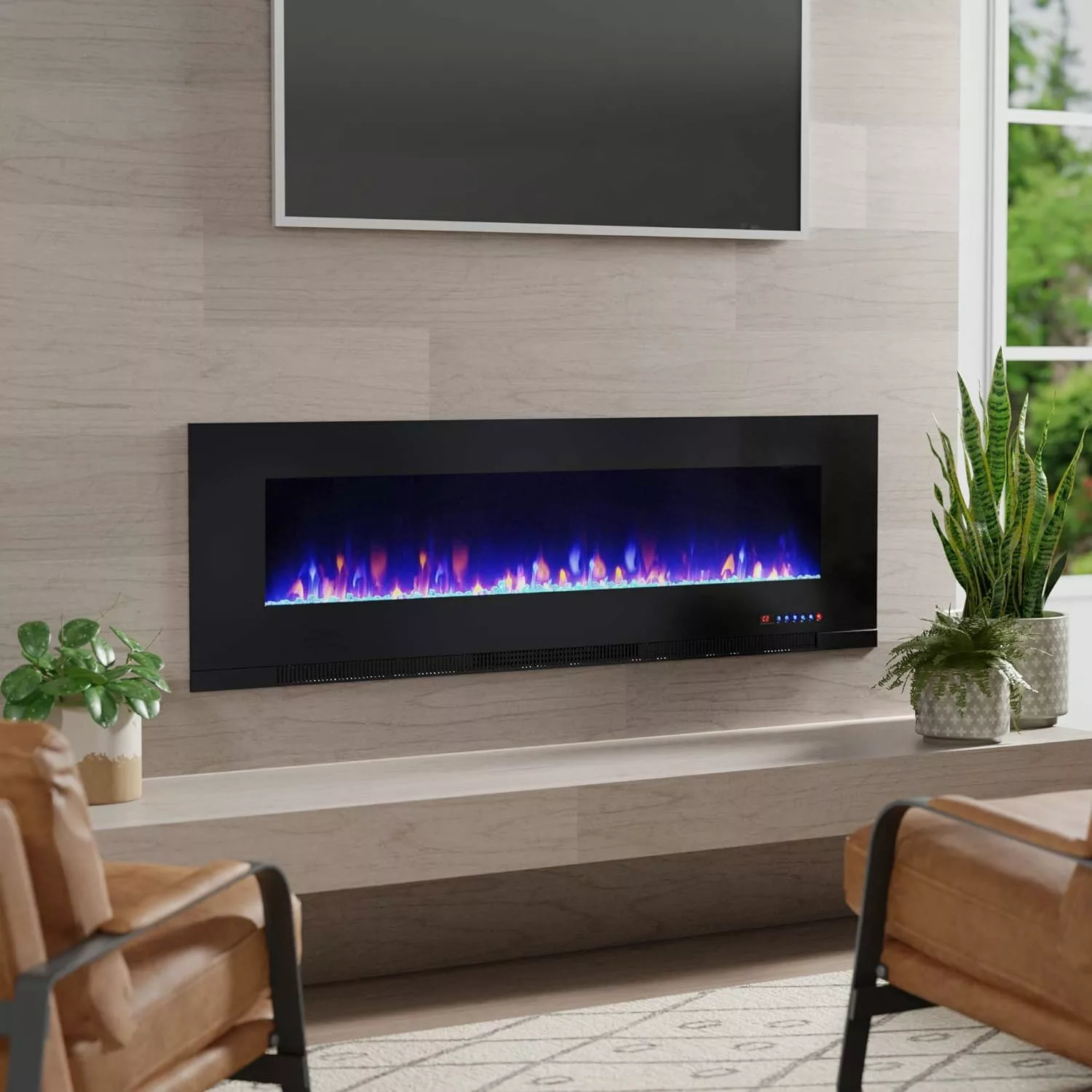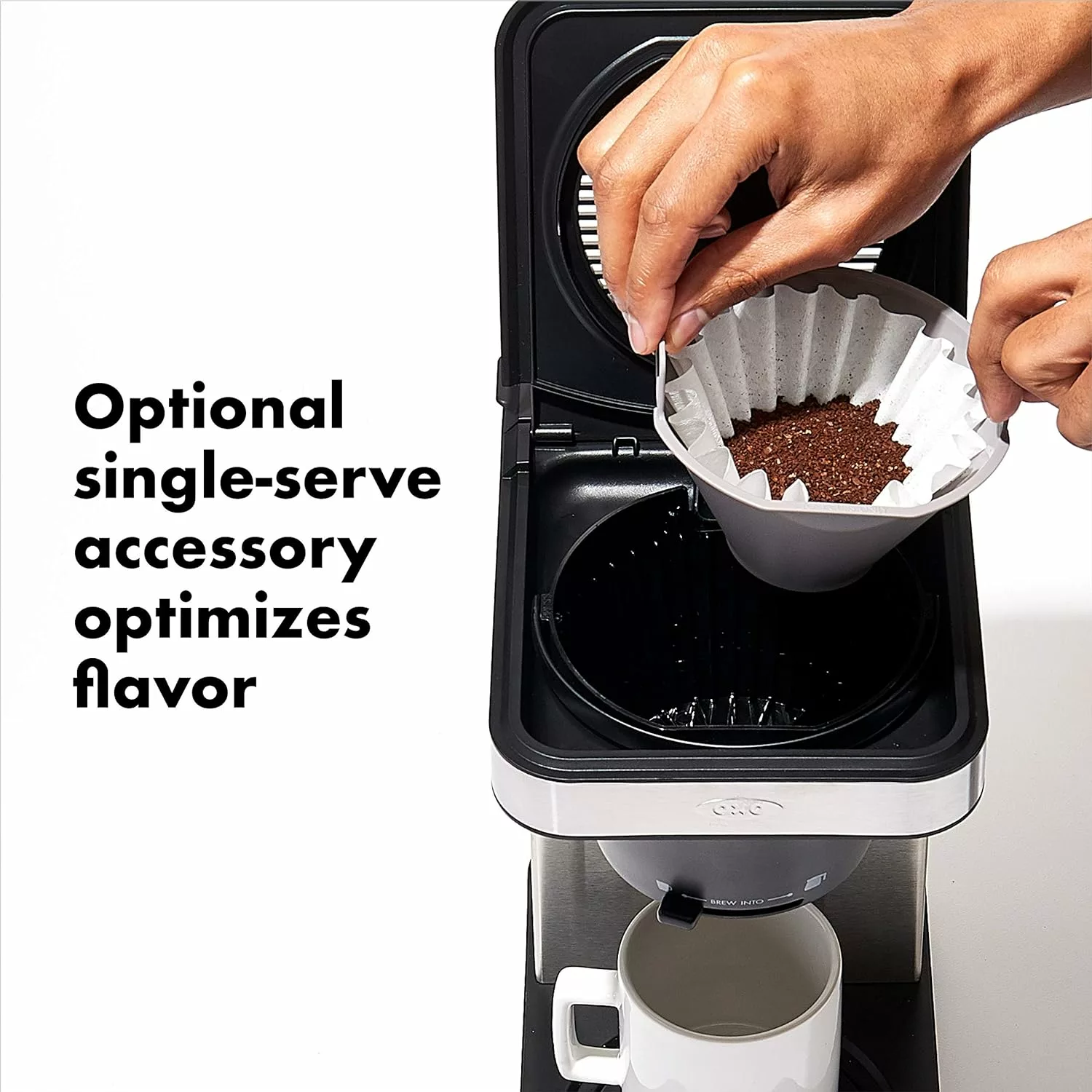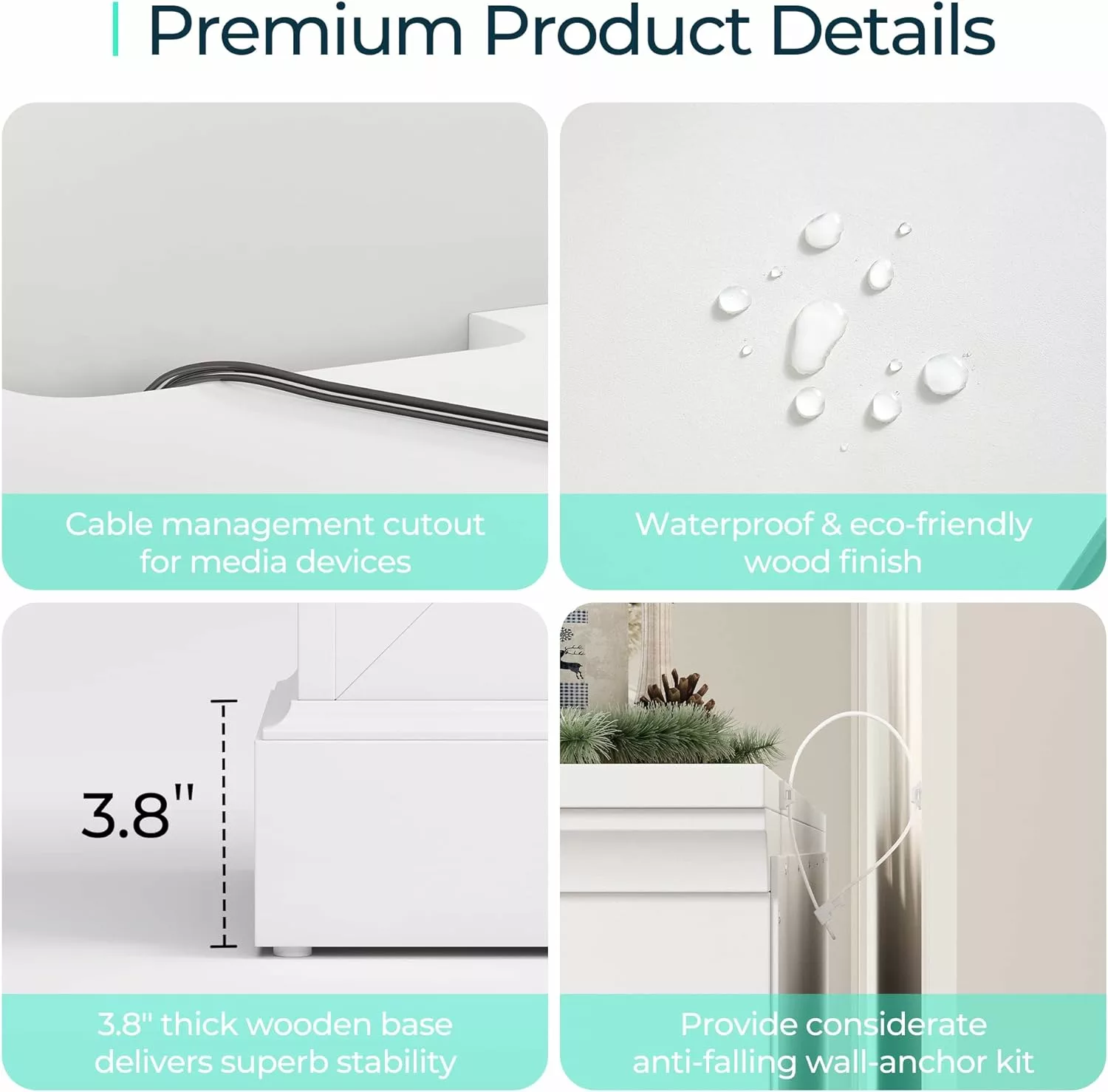So, you’ve recently become the proud owner of a hot tub and you’re excited to start enjoying its luxurious warmth and relaxation. But before you can dive into the soothing bubbles, it’s essential to ensure that your hot tub heater is working effectively. In this beginner’s guide, we will walk you through the simple steps of testing your hot tub heater, allowing you to bask in the ultimate hydrotherapy experience with peace of mind. No need to fret, as we’ll break it down for you in a user-friendly way, making the process a breeze. So let’s get started and make sure your hot tub is heating up to perfection!
Preparing for Testing
Before you begin testing your hot tub heater, it’s important to ensure safety. Make sure to turn off all power to the hot tub, either by unplugging it or turning off the circuit breaker. Safety should always be your top priority to prevent any accidents or electrical shocks.
Next, gather the necessary tools for the testing process. You will likely need a multimeter, a screwdriver, and possibly some additional tools depending on the specific hot tub model. Having these tools ready beforehand will make the testing process smooth and efficient.
It’s also essential to have a good understanding of the hot tub system before you start testing. Familiarize yourself with the different components and their functions, so you can easily identify and troubleshoot any issues that may arise.
Checking Power Supply
To begin testing the hot tub heater, you need to verify the power supply. Start by checking the power source of your hot tub, ensuring it is properly connected and supplying electricity. Look for any loose or damaged wires or connections and address them accordingly.
Inspect the circuit breakers that control the power supply to your hot tub. Make sure they are in the “ON” position and haven’t tripped. If a circuit breaker has tripped, reset it and monitor to see if it trips again, as this could indicate an underlying issue.
Using a multimeter, test the voltage and continuity of the power supply. Measure the voltage across the power lines and ensure it matches the manufacturer’s specifications. Additionally, check for continuity to ensure there are no breaks or interruptions in the electrical circuit.
This image is property of images.unsplash.com.
Examining Heater Elements
The heater elements are responsible for heating the water in your hot tub. To test them, you’ll need to locate them first. In most hot tubs, the heater elements are situated either in the equipment compartment or within the heater manifold assembly.
Inspect the heater elements for any signs of damage or corrosion. Look for discoloration, cracks, or any other visible issues. If you notice any damage, it’s likely that the elements need to be replaced.
Using a multimeter set to the resistance mode, test the resistance of the heater elements. This will help determine if they are functioning properly. Compare the resistance readings with the manufacturer’s specifications to ensure they are within the acceptable range.
Testing Thermostat
The thermostat regulates the temperature of the hot tub water. To test it, locate the thermostat within your hot tub system. It is typically positioned near the heater assembly or control panel.
Once you’ve located the thermostat, adjust the temperature settings to see if it responds correctly. Increase or decrease the temperature and observe if there are any changes in the hot tub’s heating behavior. Make sure the adjustments are reflected accurately on the control panel display.
To further verify the thermostat’s functionality, use a multimeter to check for continuity. This will ensure that the thermostat is properly opening and closing the electrical circuit as it senses temperature changes.

This image is property of images.unsplash.com.
Inspecting Pressure Switch
The pressure switch plays a crucial role in the hot tub system by monitoring water pressure. It detects if there’s sufficient water flow and activates the heater accordingly. Understanding its function is important for proper testing.
To test the pressure switch’s continuity, use a multimeter. Ensure that the switch is correctly closing the electrical circuit when there is enough water pressure, and opens it when the pressure drops below the desired level. Any deviations from this behavior may indicate a faulty pressure switch.
Verify that the pressure switch is activating the heater at the correct pressure. This can be done by checking the hot tub’s manual or consulting with the manufacturer for the recommended activation pressure.
Checking Flow Switch
Similar to the pressure switch, the flow switch is responsible for detecting water flow within the hot tub system. It ensures that the heater activates only when water is circulating properly.
Testing the continuity of the flow switch with a multimeter is crucial. Ensure that the switch is closing the circuit when water is flowing, and opening it when there is no or insufficient water flow. This will indicate that the flow switch is functioning correctly.
It’s important to verify that the flow switch is ensuring proper functioning. Check if the heater activates when there is sufficient water flow and deactivates when the flow is insufficient or stops. This is essential for both the safety and efficiency of your hot tub.

This image is property of images.unsplash.com.
Analyzing High Limit Switch
The high limit switch acts as a safety feature to prevent the hot tub from overheating. It monitors the temperature of the water and shuts off the heater if it exceeds a certain limit.
Test the continuity of the high limit switch using a multimeter. Ensure that the switch is closing the electrical circuit when the water temperature reaches the predetermined threshold, and opens it once the temperature drops back within the acceptable range.
Verify that the high limit switch is functioning properly by checking if it accurately shuts off the heater when the water temperature becomes too high. This will prevent any potential damage to your hot tub or risk of injury.
Inspecting Temperature Sensors
Temperature sensors play a vital role in relaying the water temperature information to the control panel. They are strategically placed within the hot tub system to provide accurate readings.
Locate the temperature sensors within your hot tub. They are often situated in the heater assembly or near the control panel. Take a close look at the sensors for any visible damage or corrosion, as this can affect their functionality.
Testing the temperature sensor functionality can be done by placing the sensor in a cup of warm water and measuring the resistance with a multimeter. Compare the readings with the manufacturer’s specifications to ensure the sensors are operating within the expected range.
Testing Control Panel
The control panel is the interface where you interact with the hot tub and adjust its settings. Ensuring its proper functionality is crucial for an enjoyable hot tub experience.
Begin by checking if there is power supply to the control panel. Verify that all connections are secure and that no wires are frayed or damaged. If there is no power, investigate the electrical system and address any issues accordingly.
Next, test the buttons and display on the control panel. Press each button to ensure they respond correctly and activate the desired functions. Additionally, make sure the display is clear and providing accurate information.
Verify that the control panel is functioning properly by adjusting the temperature, activating various features, and monitoring their impact on the hot tub system. Any inconsistencies or malfunctions should be addressed and resolved promptly.
Troubleshooting Common Issues
Sometimes, hot tub heaters may experience common issues that can affect their performance. Here are a few troubleshooting tips to help you address these problems:
-
Identifying Heater Problems: If your hot tub is not heating at all, first check the power supply, circuit breakers, and heater elements. Ensure that all connections are secure and that the components are in good condition. If everything checks out, consider testing other components like the thermostat, pressure switch, or high limit switch.
-
Addressing Insufficient Heat: If your hot tub is not reaching the desired temperature, start by checking the thermostat settings and adjusting them if necessary. Inspect the heater elements for damage or corrosion, as this can reduce their ability to generate heat effectively. Additionally, check the high limit switch to ensure it is not prematurely shutting off the heater.
-
Dealing with No Heat: If your hot tub is not producing any heat, check all the components involved in the heating process. Start by testing the power supply, verifying circuit breakers, and examining the heater elements. Ensure that the thermostat is functioning correctly and that the pressure and flow switches are activating the heater as expected. If necessary, consult with a professional for further assistance.
By following these troubleshooting tips, you can address common issues and ensure that your hot tub heater is working efficiently, providing you with a relaxing and enjoyable experience. Remember to always prioritize safety and consult with a professional if you encounter any complex or persistent issues. Happy hot tubbing!





